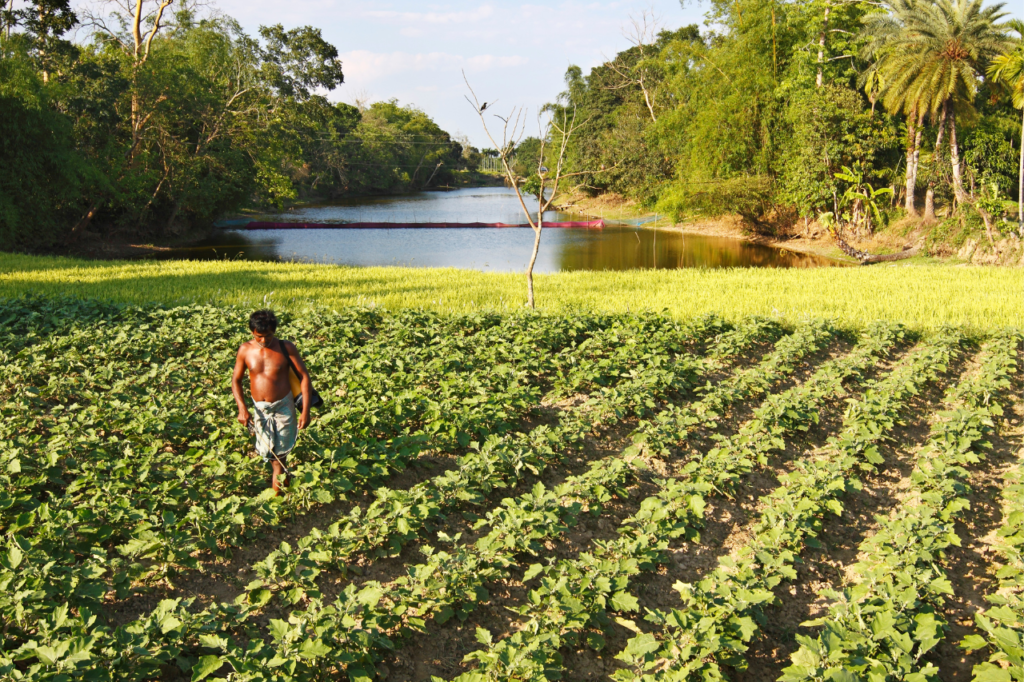Pincodes of Tripura
Greetings and welcome to the Tripura Pincodes directory, your dependable resource for precise and current pincode data in the stunning state of Tripura. Postal Index Numbers (PINs), also referred to as pincodes, are an essential part of the postal system that guarantee effective letter delivery, accurate location identification, and smooth communication. Postal codes, or pincodes, are distinct codes that are linked to a particular region and make mail, shipments, and parcel delivery easier. With the help of our easy-to-use search tool, you can quickly locate the pincode of any location in Tripura. Our database is made to help you find the right pincode for your needs.

Here is a list of Tripura Pincodes
| No. | District | State |
|---|---|---|
| 1 | Dhalai | Tripura |
| 2 | North Tripura | Tripura |
| 3 | South Tripura | Tripura |
| 4 | West Tripura | Tripura |
About Tripura
Northeast India contains the state of Tripura. The state is the seventh least populated in the nation, with 3.67 million people living there, and the third smallest in terms of area, with 10,491 sq km (4,051 sq mi). Bangladesh borders it to the north, south, and west, and Assam and Mizoram to the east. Eight districts and twenty-three sub-divisions make up the state of Tripura, whose capital and largest city is Agartala. There are nineteen distinct tribal communities in Tripura, the bulk of which are Bengali. The official languages of the state are Bengali, English, and Kokborok.
History
In the Haora and Khowai valleys, Upper Paleolithic artifacts made of fossilized wood have been discovered, despite the lack of evidence for lower or middle Paleolithic settlements in Tripura. Tripura is mentioned in the Indian epic Mahabharata, ancient religious scriptures known as the Puranas, and the Edicts of Ashoka, which are stone pillar inscriptions left by the Mauryan monarch Ashoka that date back to the third century BC. Kirat Desh is an old name for Tripura, which most likely refers to the Kirata Kingdoms or the more general term Kirata.
Geography
The seven contiguous states of Arunachal Pradesh, Assam, Manipur, Meghalaya, Mizoram, Nagaland, and Tripura are together referred to as the Seven Sister States. Tripura is a landlocked state in Northeast India. After Goa and Sikkim, Tripura is the third smallest of the 29 states in the nation, covering an area of 10,491.69 sq km (4,050.86 sq mi). It stretches from 91°09’E to 92°20’E and from 22°56’N to 24°32’N. Its maximum extent is roughly 178 km (111 mi) in north-south direction and 131 km (81 mi) in east-west direction.
Climate
Local variances result from the undulating landscape, especially in the hill ranges. Winter, which spans December to February, pre-monsoon or summer, which spans March to April, monsoon, which spans May to September, and post-monsoon, which is October to November, are the four main seasons. The south west monsoon provides torrential rains throughout the monsoon season, which frequently results in flooding. From 1995 to 2006, there was an average yearly rainfall of 1,979.6 to 2,745.9 mm. The winter months have temperatures between 13 and 27 °C, and the summer months have temperatures between 24 and 36 °C.
Economy
With a 10.38% increase from the previous year, Tripura’s gross state domestic product for 2022–2023 was ₹640 billion (US$8.0 billion) at constant prices. India’s GDP grew at an annual pace of 8.55% to reach ₹277,520 billion (US$3.5 trillion) during that time. In comparison to the national per capita income of ₹197,280 (US$2,500), the state’s annual per capita income at current prices was ₹157,752 (US$2,000).
Demography
Assam is the most populous state in Northeast India, followed by Tripura. The provisional results of the 2011 Indian census show that there are 1,871,867 men and 1,799,165 women living in Tripura, which has a population of 3,671,032. It makes up 0.3% of all people in India. The state’s sex ratio surpasses the national average of 940, with 961 females for every thousand males. There are 350 people living there every square kilometer. In 2011, Tripura’s literacy rate stood at 87.75%, higher than the 74.04% national average and the third highest of all the states.
Culture
Tripura’s varied ethnolinguistic groupings have produced a composite culture. Tripura, Debbarma, Jamatia, Reang, Noatia, and Murasing are the principal Tripuri clans. Tribal communities that came to Tripura as tea laborers include the Chakma, Halam (ancient kuki), Garo, Kuki, Mizo, Uchoi, Dhamai, Roaza, Mag, Munda, Oraon, and Santhal. The majority of the state’s ethnolinguistic community is made up of Bengalis. Consequently, the predominant non-indigenous culture is Bengali culture. Bengali literature in particular was greatly supported by the Tripuri Maharajas, who also made Bengali the official language of the court, replacing Kokborok.
